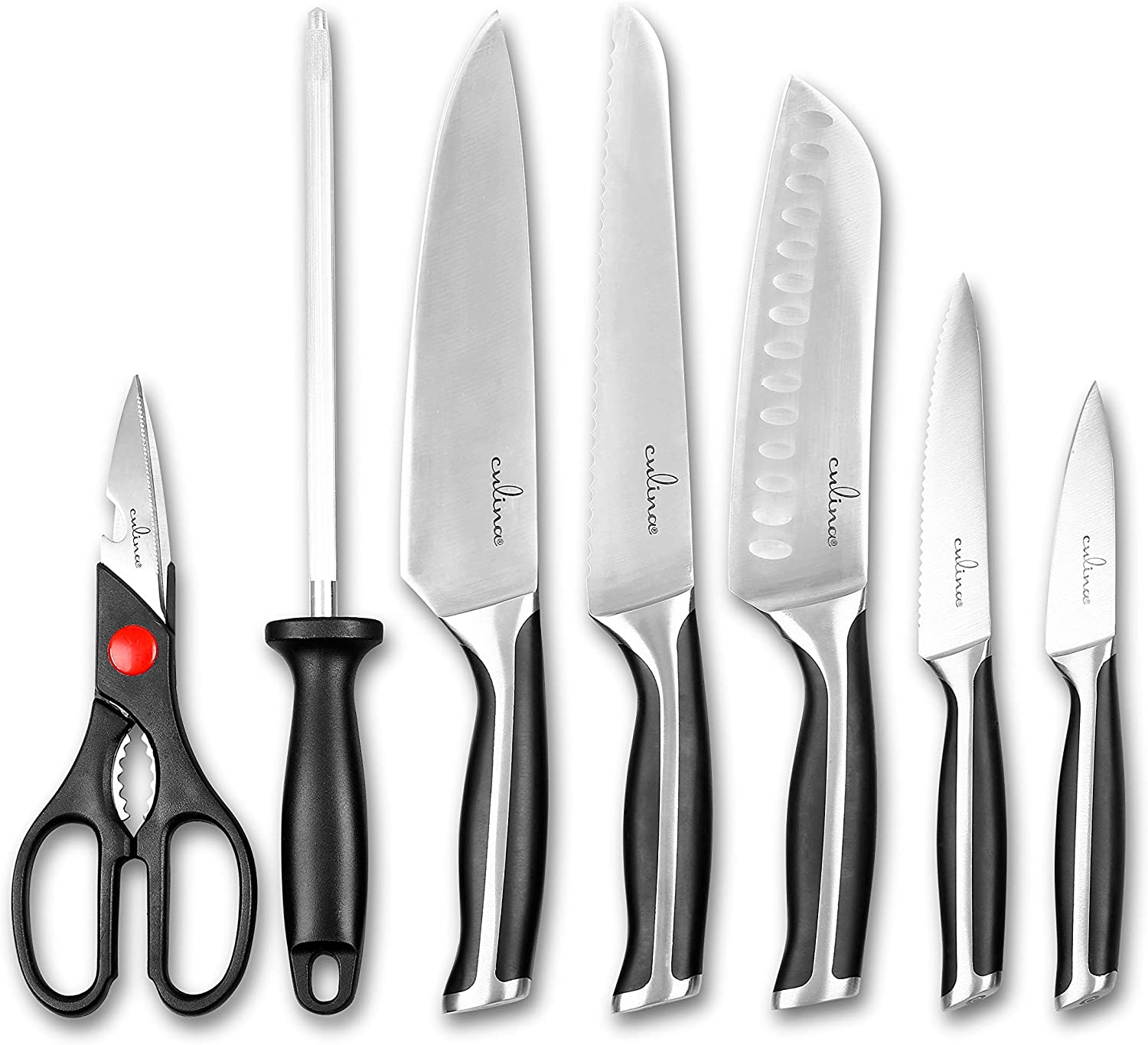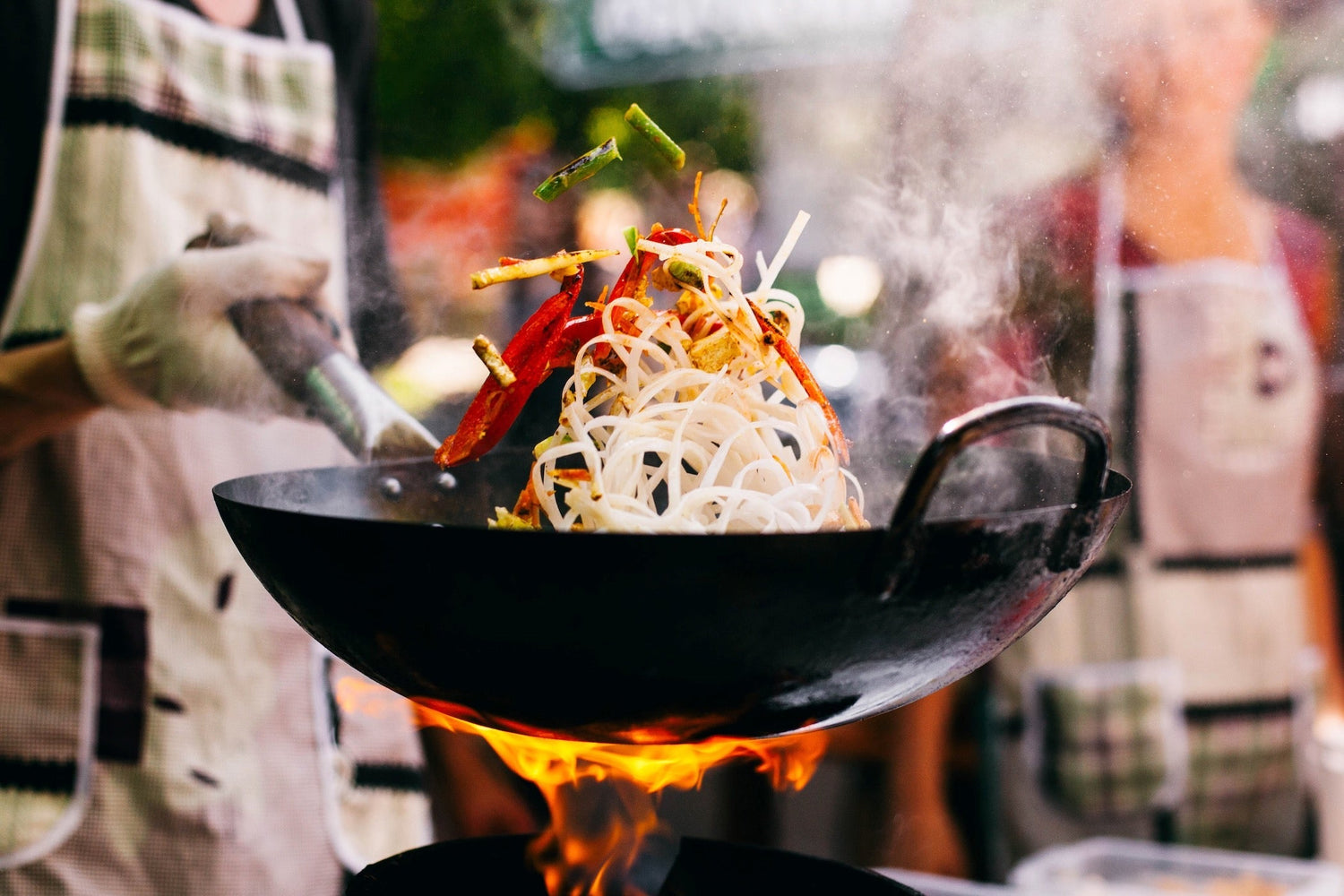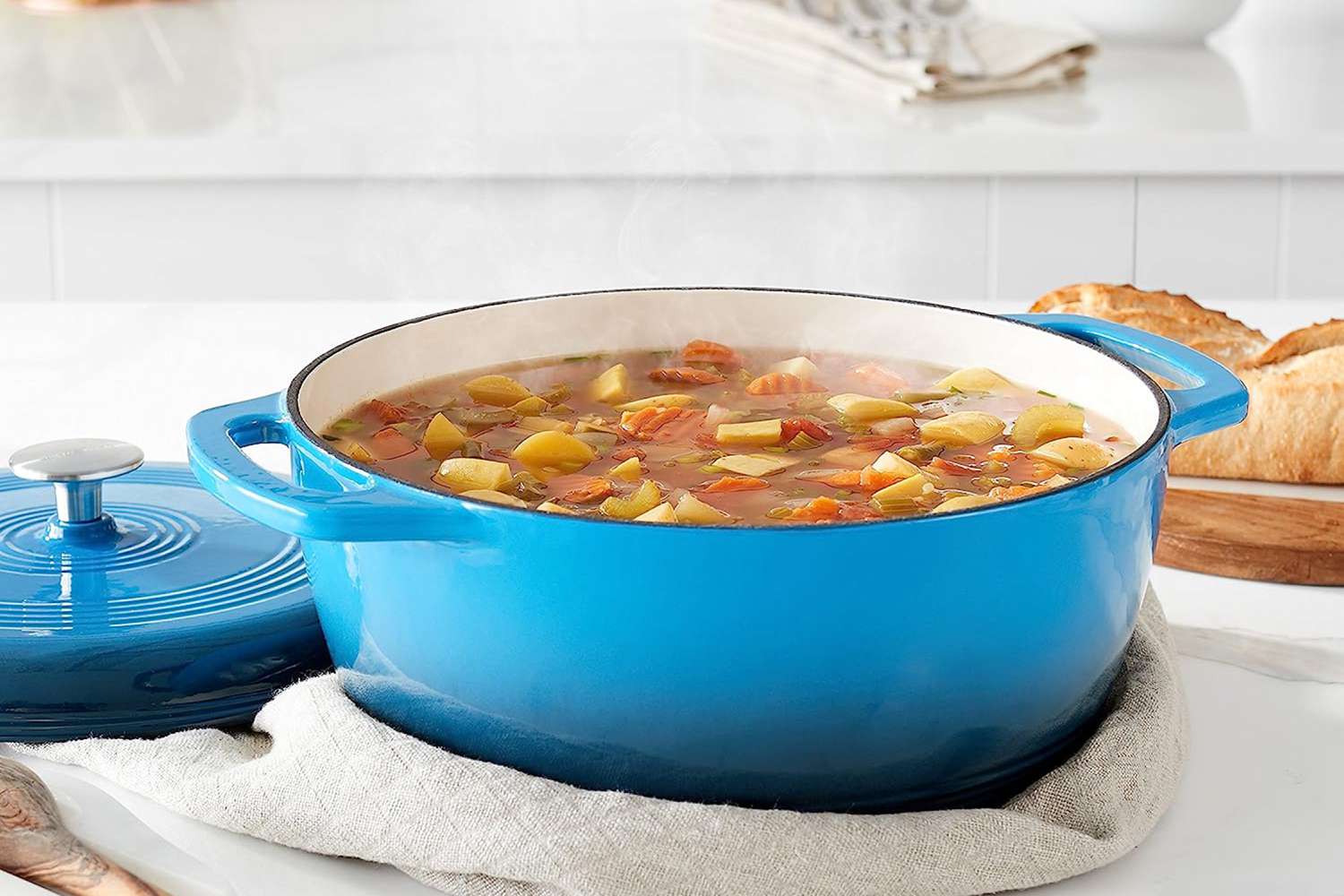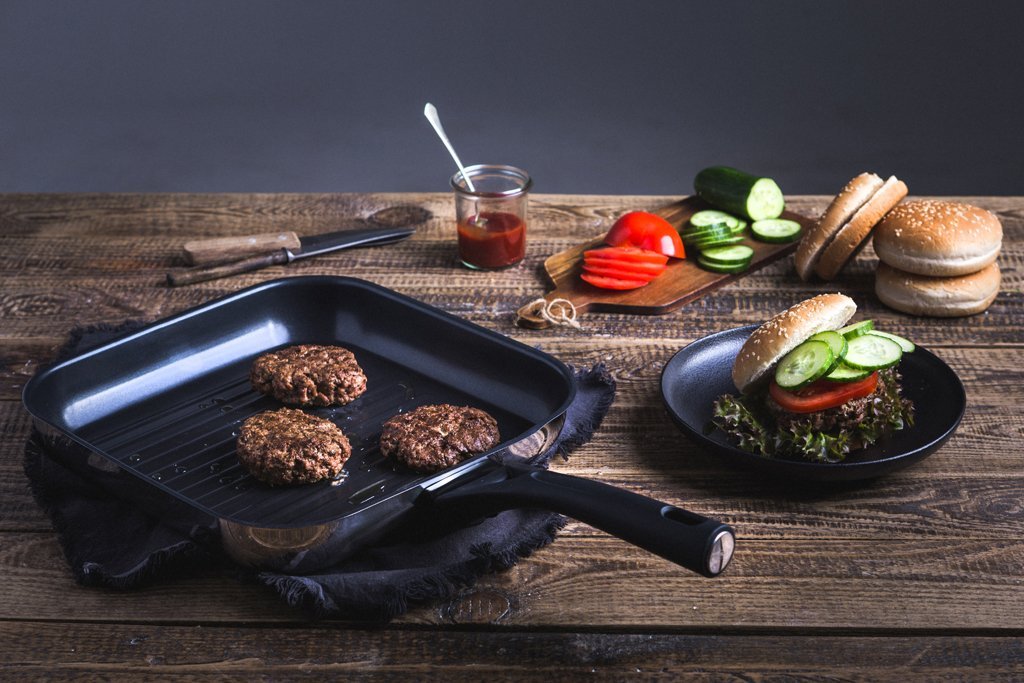In the culinary world, understanding the tools at your disposal is crucial for creating exceptional dishes. One common question that often arises is, how is a wok different from a frying pan? Both tools are staples in kitchens around the globe, but they serve distinct purposes and possess unique characteristics. This article will delve deep into these differences, particularly for professionals and cooking enthusiasts alike.
The wok's design, with its deep, rounded shape and flared sides, allows it to excel in high-heat cooking methods. In contrast, a frying pan, typically flat and shallow with straight sides, caters to different techniques. This foundational difference significantly affects cooking styles, heat distribution, and ingredient interaction.

Understanding the Structure of a Wok
A wok is traditionally made from carbon steel or cast iron, materials valued for their heat retention and distribution. The deep basin allows for stir-frying and deep-frying, enabling the rapid cooking of ingredients. Additionally, the rounded shape promotes the efficient use of energy, as food tends to gather at the bottom, where the heat is most concentrated. Learn more about wok materials and their benefits.

The Frying Pan's Design and Functionality
A frying pan, also known as a skillet, typically features a flat bottom and low, straight sides. This shape is ideal for sauting, searing, and browning, allowing for easy flipping and movement of ingredients. Most frying pans come with non-stick surfaces, enhancing their versatility. Unlike the wok, which is designed for quick, high-heat cooking, the frying pan is more suited for even heating and cooking food over moderate temperatures.

Cooking Techniques: Stir-Frying vs. Sauting
When we consider the primary cooking techniques each tool is best suited for, the differences become even more pronounced. A wok excels in stir-frying, a technique that requires rapid cooking at high heat while retaining the structural integrity of vegetables and proteins. The unique shape allows ample space for tossing ingredients, enhancing their exposure to heat.
On the other hand, frying pans are typically associated with sauting, a method that cooks food quickly in a small amount of fat over moderate heat. This technique allows for browning and developing flavors but lacks the rapid cooking benefits of a wok. For more tips on utilizing woks, check out proper heating techniques.

Heat Distribution: The Key Difference
Heat distribution is another significant factor distinguishing a wok from a frying pan. Woks are designed to hold and distribute heat evenly due to their unique shape. The heat tends to be concentrated in the bottom and gradually dissipates towards the sides. This allows chefs to manage temperatures while working with multiple ingredients, crucial for dishes requiring quick additions and removals.
In contrast, frying pans maintain a more uniform heat across their entire surface. This characteristic enables consistent cooking results and is ideal for recipes that require moderate and steady temperatures. Understanding how heat affects your ingredients is vital for culinary professionals.
Versatility in Cooking Styles
Woks and frying pans both offer versatility, but in different arenas. A wok can be used for various cooking styles, including steaming, roasting, and boiling, given its capacity and shape. Heavy-duty woks can withstand intense heat over an open flame, making them suitable for traditional dishes that rely on charring.
In comparison, frying pans thrive in techniques that require precise temperature control. They are excellent for frying eggs, making pancakes, or searing meats. While the frying pan is versatile, it does not replicate the high-heat capabilities of a wok.
Maintenance and Care
Another significant factor to consider is maintenance. Woks, especially those made from carbon steel or cast iron, require careful seasoning and care to prevent rust and maintain their non-stick properties. Regular seasoning not only preserves the wok but also enhances its performance.
Frying pans, particularly non-stick varieties, are simpler to maintain. However, the longevity of non-stick coatings may require special utensils and cooking techniques to avoid scratches. Keeping both tools in prime condition is essential for any kitchen professional aiming for exceptional culinary results.
Conclusion: Choosing the Right Tool for the Job
When determining how is a wok different from a frying pan, it becomes clear that both tools offer unique advantages depending on the cooking techniques employed. For chefs focused on high-heat cooking, stir-frying, and diverse cooking styles, a wok is indispensable.
In contrast, for moderate temperature cooking and techniques that require precise temperature control, a frying pan is a superior choice. Selecting the correct tool can greatly enhance the cooking experience and impart unforgettable flavors that resonate with diners.
Frequently Asked Questions
Can I use a wok for all cooking methods?
While a wok excels in high-heat cooking methods, it is not limited to only stir-frying. You can also steam, boil, and pan-fry with a wok, making it a versatile addition to any kitchen.
What type of wok is best for professional kitchens?
For a professional kitchen, a carbon steel wok is often recommended due to its quick heating and ability to develop a natural non-stick surface with proper seasoning.
Can I use metal utensils in a wok?
Yes, using metal utensils in a carbon steel or cast iron wok is perfect for maintaining the wok's ability to withstand high heat. However, avoid metal utensils on non-stick frying pans to prevent damaging the coating.
As an Amazon Associate, I earn from qualifying purchases.






Leave a comment
This site is protected by hCaptcha and the hCaptcha Privacy Policy and Terms of Service apply.